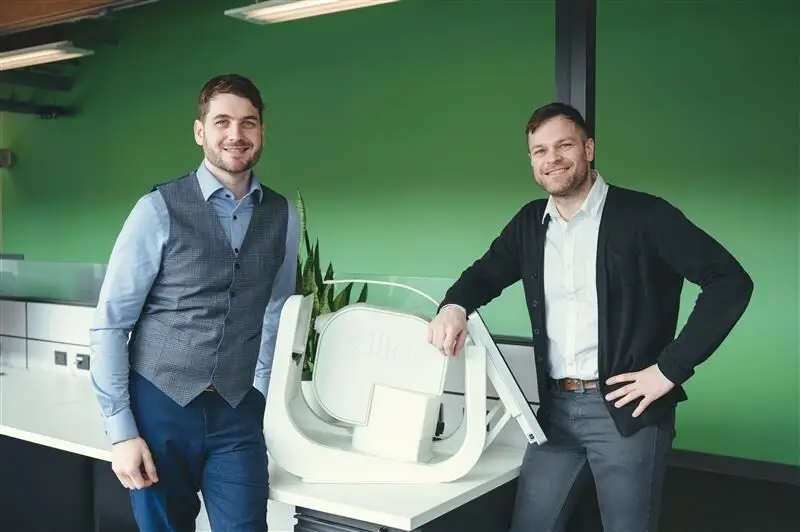Rebus Biosystems, Inc., a life science technology company creating revolutionary tools to enable spatial omics research without compromise, today announced the launch of the Rebus Esper™ spatial omics platform.
The new spatial omics platform will allow researchers to better understand the biology of tissues and lead to advancements in neuroscience, cancer, infectious disease and immunology.
Launched at the Advances in Genome Biology and Technology (AGBT) virtual meeting, the Rebus Esper leverages the unique capabilities of Rebus Biosystems’s patented Synthetic Aperture Optics (SAO) technology, a super-resolution technique that allows routine quantitative analysis of tens of millions of cellular features across hundreds of thousands of cells.
“The Rebus Esper brings a whole new dimension to biological research. This fully integrated, automated instrument delivers high-throughput, quantitative, single-molecule, single-cell data with spatial context and subcellular resolution by bringing together advancements in imaging, fluidics, chemistry and bioinformatics,” said Paul Sargeant, Ph.D., CEO of Rebus Biosystems. “Whereas other methods for spatial omics analysis require tradeoffs between quality and throughput, the Rebus Esper platform delivers an unprecedented combination of resolution, scale and speed in a single instrument with walkaway operation.”
The Rebus Esper instrument is incredibly easy to use. No experience with imaging or image processing is required. Preparing a run follows a simple protocol that requires less than one hour of hands-on time. Using the instrument is as easy as loading the reagents and flow cell, starting the run, and coming back at the end to collect processed data that is ready for single-cell analysis and precise spatial mapping.
“We have been using the Rebus Esper platform to look at how genes are different in terms of their spatial position across different brain regions. It has allowed us to visualize our data with high sensitivity across individual tissue sections, as well as across different samples,” said Aparna Bhaduri, Ph.D., Assistant Professor of Biological Chemistry at the David Geffen School of Medicine at UCLA. “The number of genes, the speed of data collection, and the ability to image large areas has enabled us to look at more genes across more tissue than any other method currently available.”
“We are delighted with the early excitement we’ve seen in the market for our platform and pleased to now offer this technology to customers worldwide to bring into their own labs,” said Sargeant. “We’re especially excited to bring the multi-assay capabilities of the Rebus Esper platform to the field of spatial omics. Researchers can choose the assays best suited to answering their research questions and run them all on a single easy-to-use instrument.”
The first assay to be released for the Rebus Esper platform is the Esper™ High Fidelity assay. This ultra-sensitive assay, based on cyclic single-molecule fluorescent in situ hybridization (smFISH) chemistry, can resolve and map individual RNA molecules in their original locations, giving researchers a complete picture of tissues across a wide range of expression levels for up to thirty custom genes.
Rebus Biosystems plans to rapidly expand the assay menu for the Rebus Esper platform. During 2021, the Esper High Fidelity suite of assays will enable a higher level of multiplexing and protein co-detection. In addition, the company will focus on developing assays enabling multiplex gene expression in formalin-fixed, paraffin embedded (FFPE) samples and simultaneous analysis of over 1000 genes.

